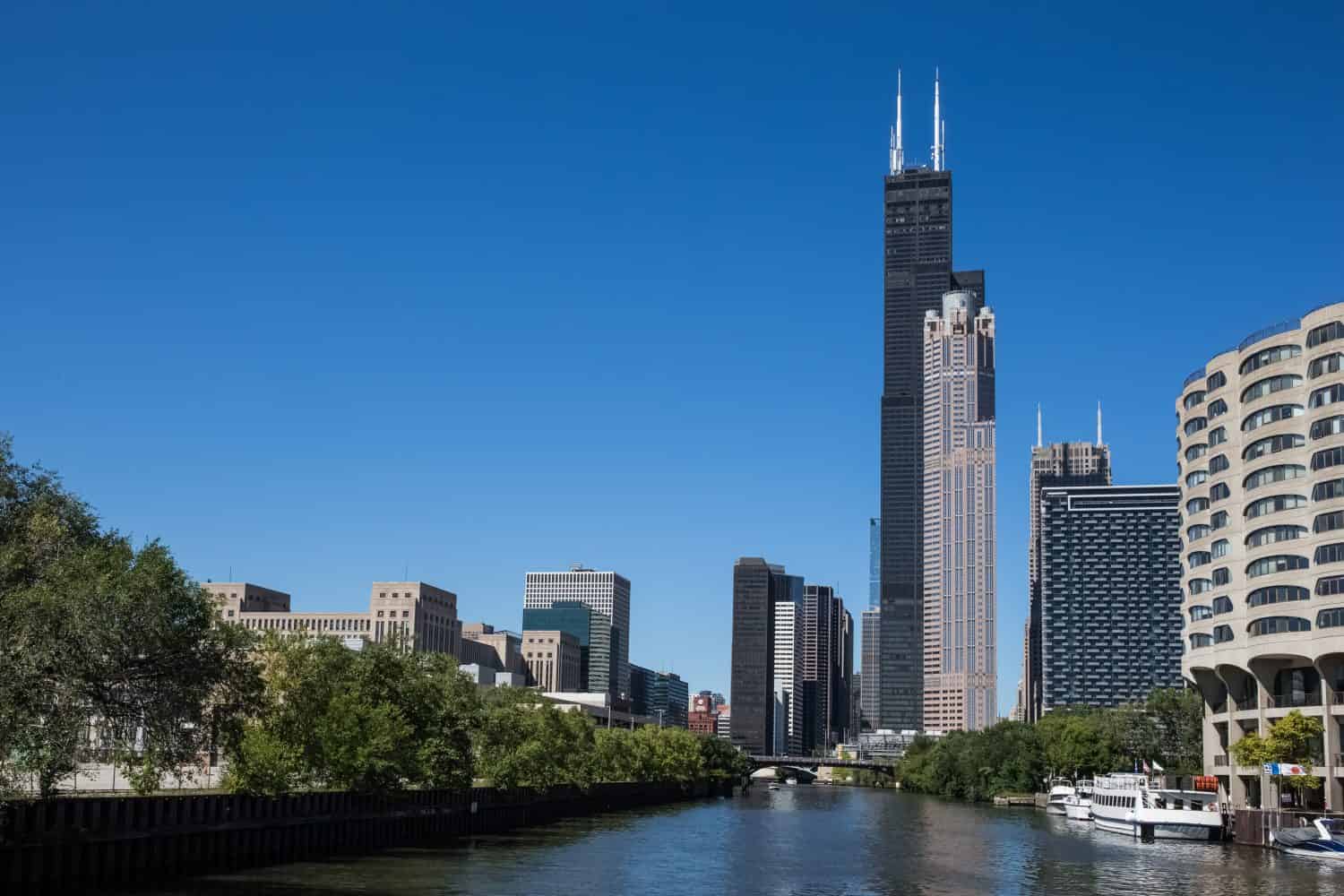Crime in large cities remains a concern for citizens who live there. From walking alone at night to leaving your car unattended or accidentally unlocked, some risks can invite crime in the most dangerous neighborhoods of big cities. One such city: Chicago.
Despite its reputation as a dangerous place in many neighborhoods, Chicago has recently experienced a downward trend in crime as compared to previous years. Shootings and homicides in particular have decreased from 2021 and 2020 levels.
According to C.L. Mike Schmidt of Schmidt & Clark Defense Attorneys, crime and safety fails to have a straightforward solution. “The safety of a city is a complex issue, and Chicago is no exception. Socioeconomic factors such as poverty, unemployment, limited access to quality education and healthcare, and systemic inequalities contribute significantly to the high crime rates,” he said. “The city is aware of these issues. Mayor Lori Lightfoot unveiled an ambitious plan last year, “Our City, Our Safety,” which proposed flooding the 15 most violent community areas with resources — not just violence intervention programs but help with jobs, housing, and health.”
Despite initiatives and programs, it’s best to use caution wherever you go in Chicago. If you’re traveling to Chicago in 2024, consider avoiding the following dangerous areas of Chicago.
Based on crime statistics compared to the national averages, these are some of the most dangerous areas to avoid in Chicago in 2024.
Washington Park

The crime rate in Washington Park is nearly 300% higher than the national average.
©stevegeer/iStock via Getty Images
Though it doesn’t have the highest rate of homicide in Chicago, statistics place Washington Park higher than any other neighborhood in the area as the “most dangerous” with a crime rate that’s nearly 300% higher than the national average. Violent crimes including robbery, assault, and homicide occur in Washington Park, making it a dangerous place to live and work.
Chatham
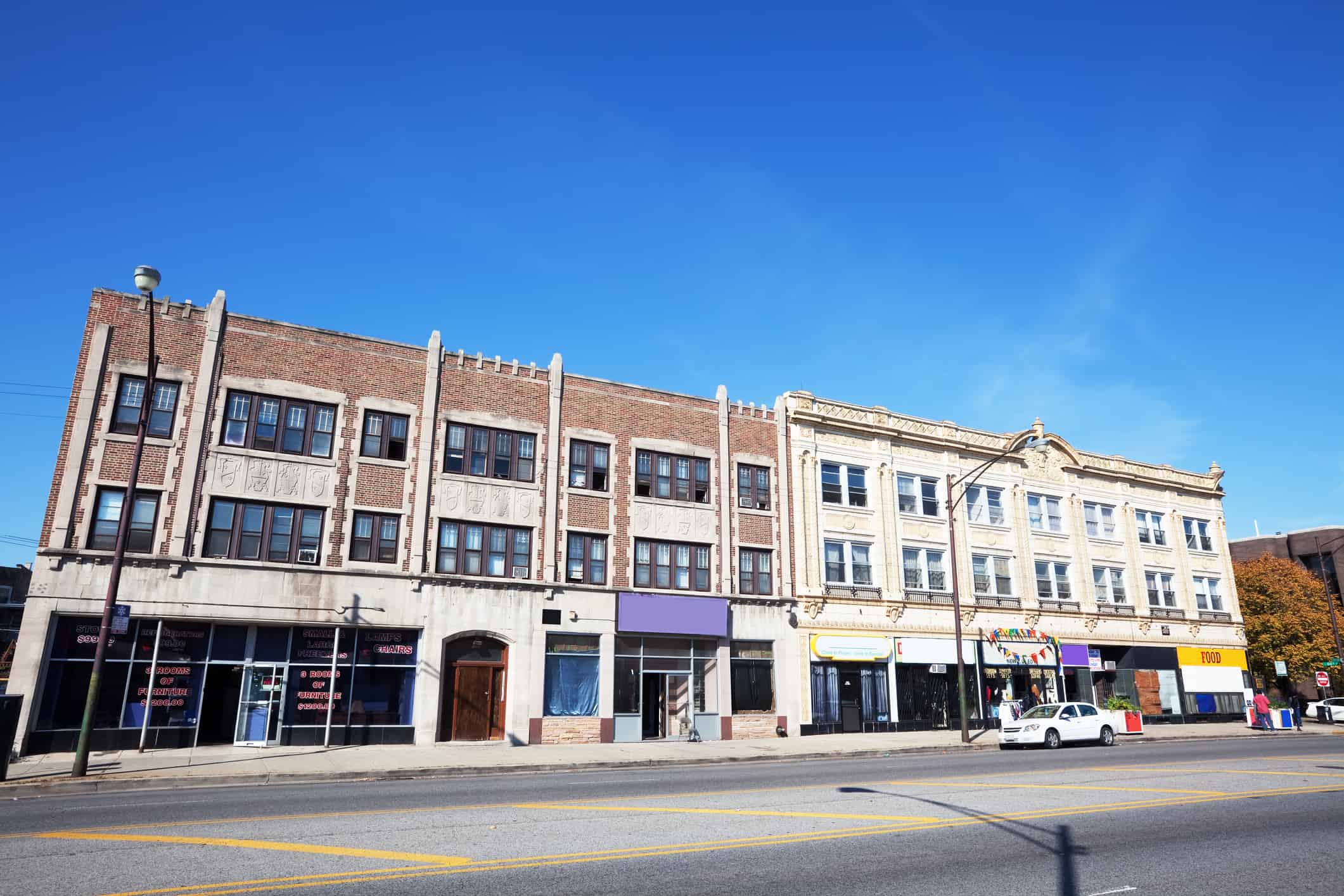
Chatham residents have a few community parks they can frequent.
©stevegeer/iStock via Getty Images
Residents of Chatham mostly rent their homes. The urban feel of the neighborhood finds respite in the many parks that dot the blocks every few avenues. As for crime, both violent and property crimes in Chatham rank well above the national average. For example, the most recent data puts the national average of violent crimes per 100,000 residents at 282.7 for assault. In Chatham, the average is 1,327 — which is an increase of 370% over the national average for assault alone!
Englewood
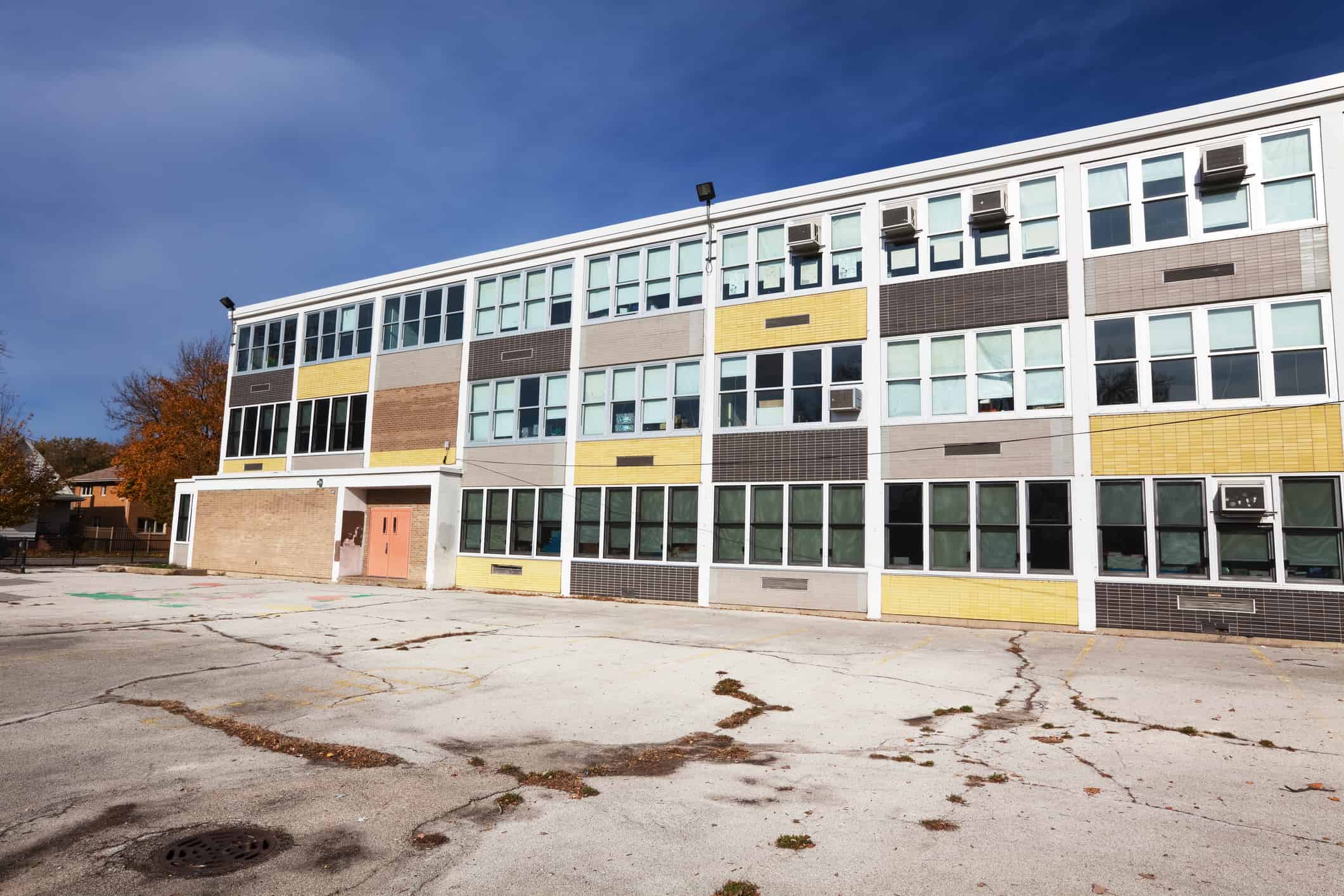
West Englewood is also dangerous, according to statistics about it’s violent crime.
©stevegeer/iStock via Getty Images
Englewood’s violent crime rate finds itself stagnant — hovering around 125% higher than the national average — thanks to the robberies, assaults, and gun violence instances recently reported. Englewood also has a population historically living under the poverty line, which has made breaking an existing cycle of the above-mentioned factors of crime difficult to break out of.
West Englewood, though a different neighborhood, also has a significantly higher crime rate than the national average.
West Garfield Park
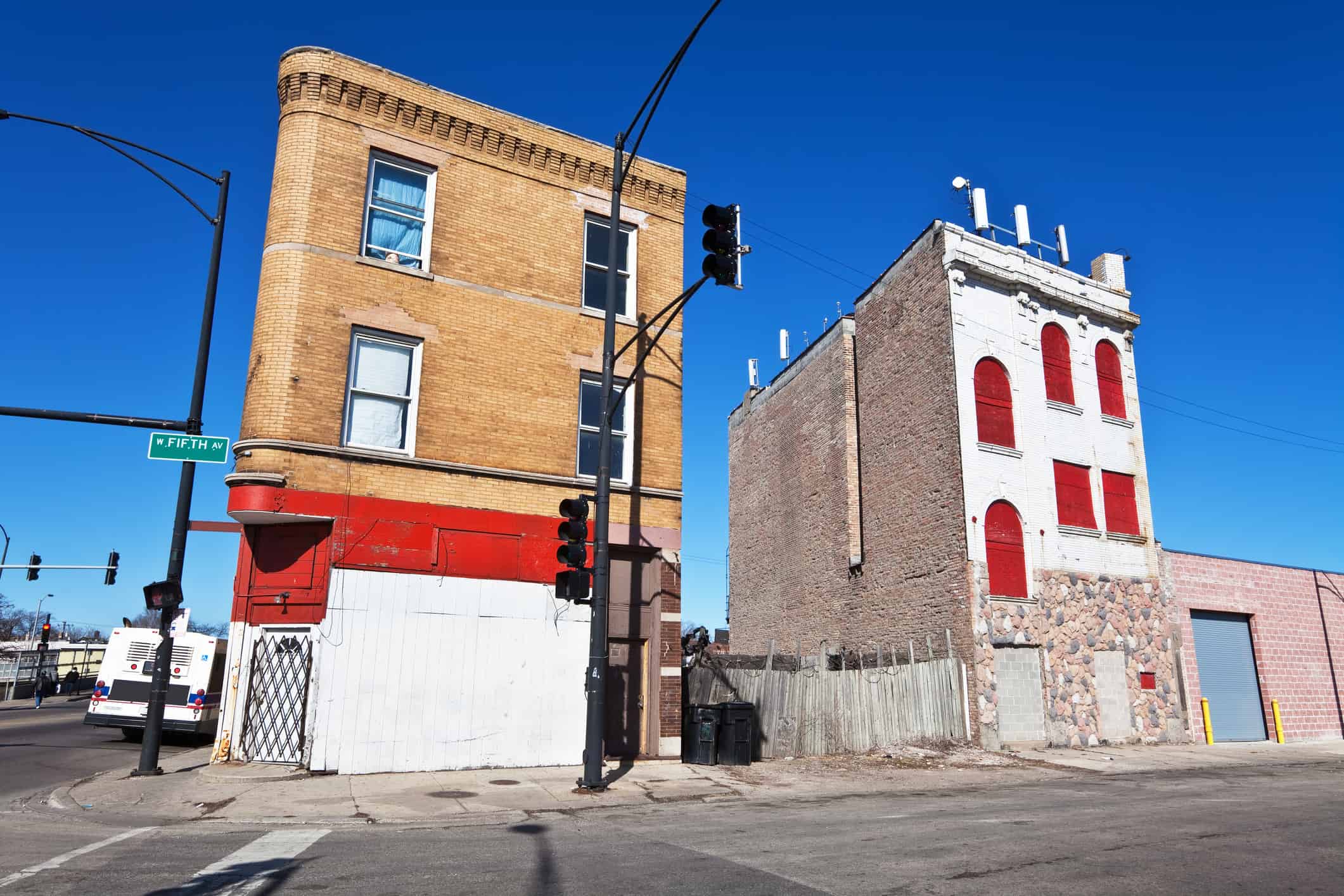
There’s a 1 in 20 chance you can become a victim of a violent crime in West Garfield Park, Chicago.
©stevegeer/iStock via Getty Images
The “South Side” of Chicago has a reputation for its lack of safety, and West Garfield Park helps to perpetuate the image. Unfortunately, the violent crime rate in West Garfield Park is disproportionate to its population, driving the crime rate to over 250% higher than the rest of the city. Based on statistics and recent data, residents have a 1 in 20 chance of becoming a victim of a violent crime in West Garfield Park.
East Garfield Park
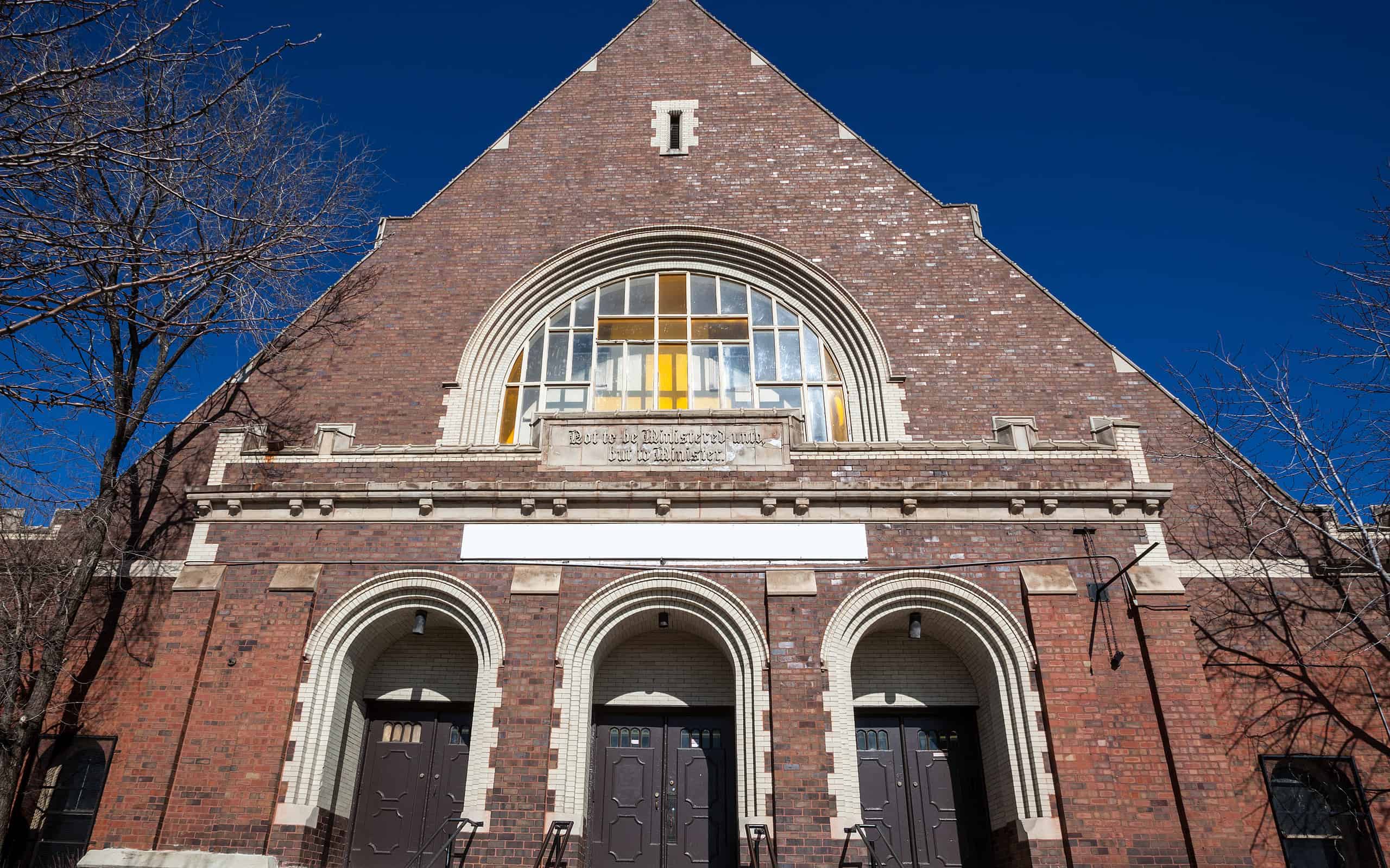
In East Garfield Park, property crime happens more often than the national average.
©stevegeer/iStock via Getty Images
Similar to its western counterpart, East Garfield Park has a much higher crime rate than other neighborhoods in Illinois — and all of Chicago, too. It’s had a high crime rate throughout recent history, with the worst offenses coming from the property crime portion of data. In East Garfield Park, residents have a 1 in 14 chance of becoming victims of property crimes like theft, robbery, or motor vehicle theft.
Violent crime has seen recent activity as well — the neighborhood has an average of 1,940.2 assaults compared to the national average of 282.7.
South Shore

Young professionals like the South Shore community.
©janniswerner/iStock via Getty Images
On the shores of the Great Lakes sits South Shore, a waterfront urban town with an affordable cost of living and great schools. The neighborhood began a renaissance in 2018 and 2019. While still a burgeoning neighborhood for professionals and young people, the crime rates remain high until law enforcement finds better ways to stay vigilant. Property crimes aren’t as high above the national averages as violent crimes in South Shore are, with assault coming in at 1,401 per 100,000 residents.
Grand Crossing
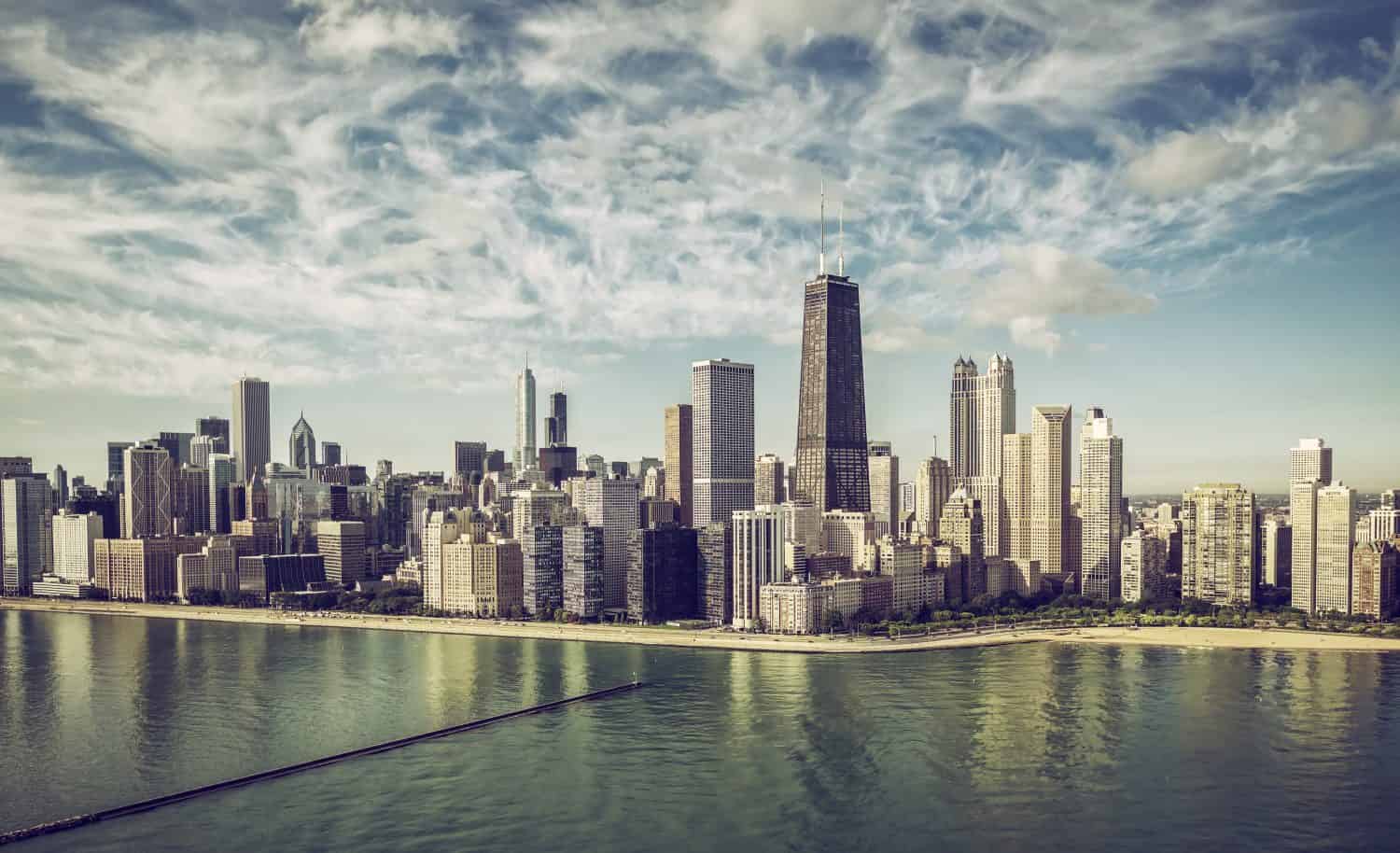
Residents have a 1 in 18 chance of becoming a victim of property crime in Grand Crossing.
©marchello74/Shutterstock.com
Also on the South Side of Chicago is Grand Crossing. The urban neighborhood with just over 30,000 residents has a disproportionately high crime rate for its size, driving the comparison with the national average for overall crime up 317%. Residents are very likely (1 in 18 chance) of becoming victims of a property crime at some point. Many residents also complain about the number of gunshots heard throughout the night, as gun violence continues to be an issue for Grand Crossing.
Thank you for reading! Have some feedback for us? Contact the AZ Animals editorial team.

